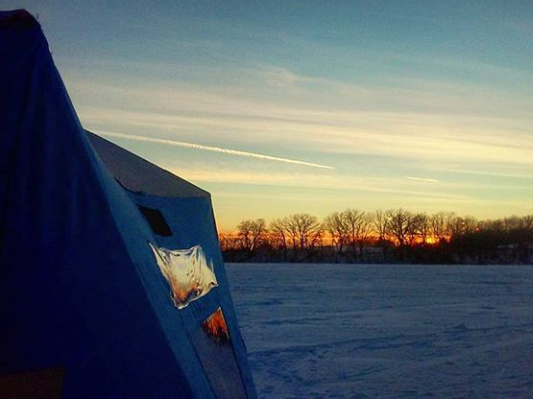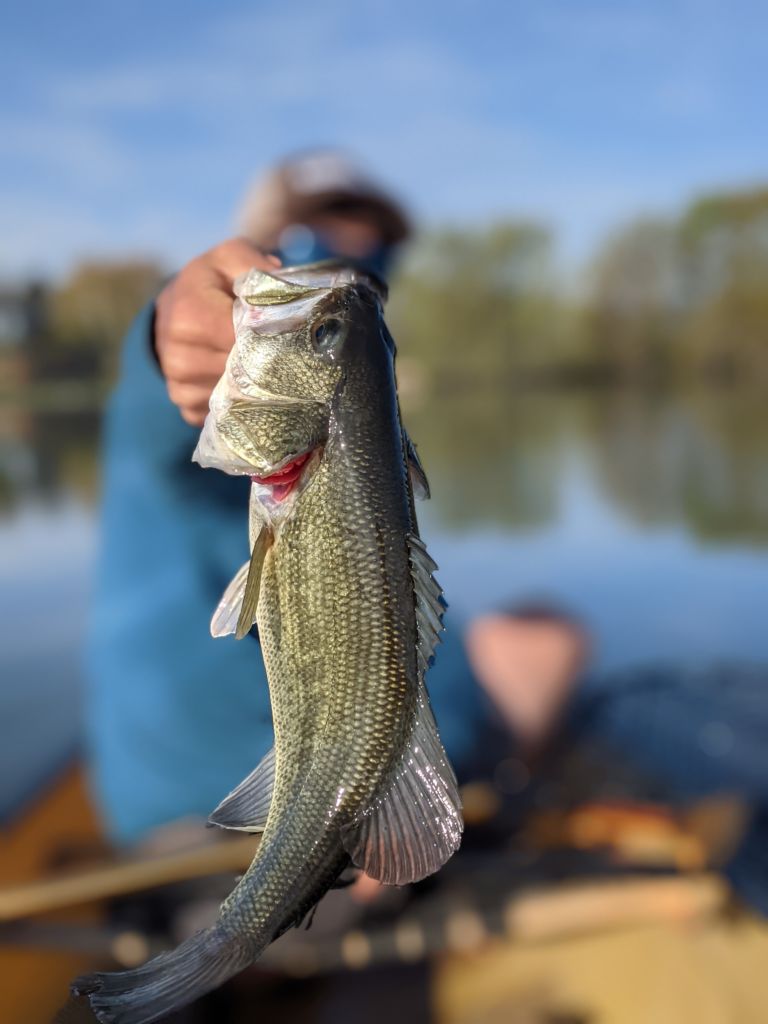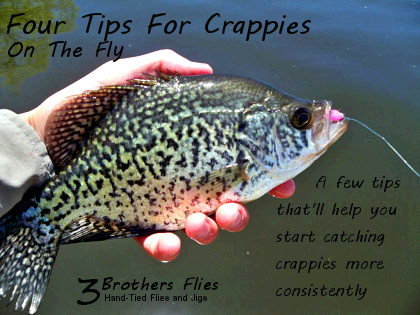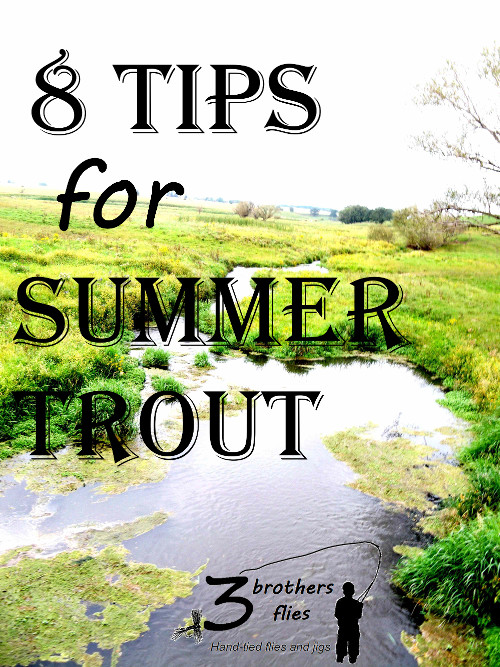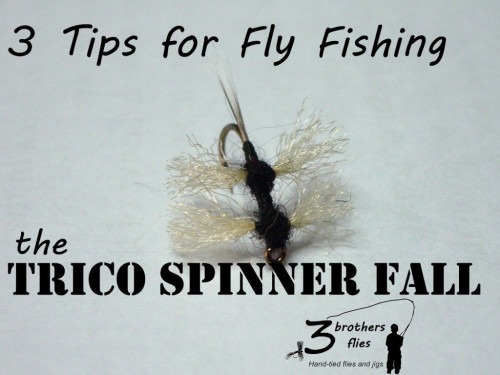5 Great Ice Flies for More Panfish Under the Ice
Do you ever find a panfish bite under the ice where the fish are stubborn and just won’t eat anything? Or do you get sick of having to rebait a jig after every fish? What’s the solution, you might ask? It’s Ice Flies. Ice Flies have been used by anglers for decades to target finicky, timid, winter fish. They started as a cross-over of classic trout flies but have since been tweaked into niche fly patterns, specifically tied and modified for ice fishing. Extra movement, more flash, color, and extra weight are just some of the features that have been incorporated over the years to trigger bites through subtle hints of bugginess. Additionally, flies have the added benefit of not requiring extra bait, thus simplifying any trip’s gear list. In my opinion, there are five main categories of patterns to mimic winter panfish food: Scuds, Mayflies, Caddis, Midges/bloodworms, and lastly,…
8 Tips for Summer Trout
The warmest day of trout fishing I’ve ever experienced also happened to be one of my best. It was one of those stifling hot, sticky July afternoons where you lament the fact that you have to wear long sleeves to avoid the nettles, but the Driftless, like many good trout destinations, guards it’s most precious creeks with a fierce wall of bluffs and thorns and more than one type of irritating weed, making long sleeves a necessity if you want to avoid plowing to the creek like a madman. The welts and rashes that these weeds leave are nearly as memorable as the spectacular valleys they grow in. By late morning we’d hiked nearly a mile through narrow draws and thick brush and awful weeds, and the heat was beginning to get to us. The dense canopy of old-growth hardwoods that towered over the valley floor provided some relief and added a…

